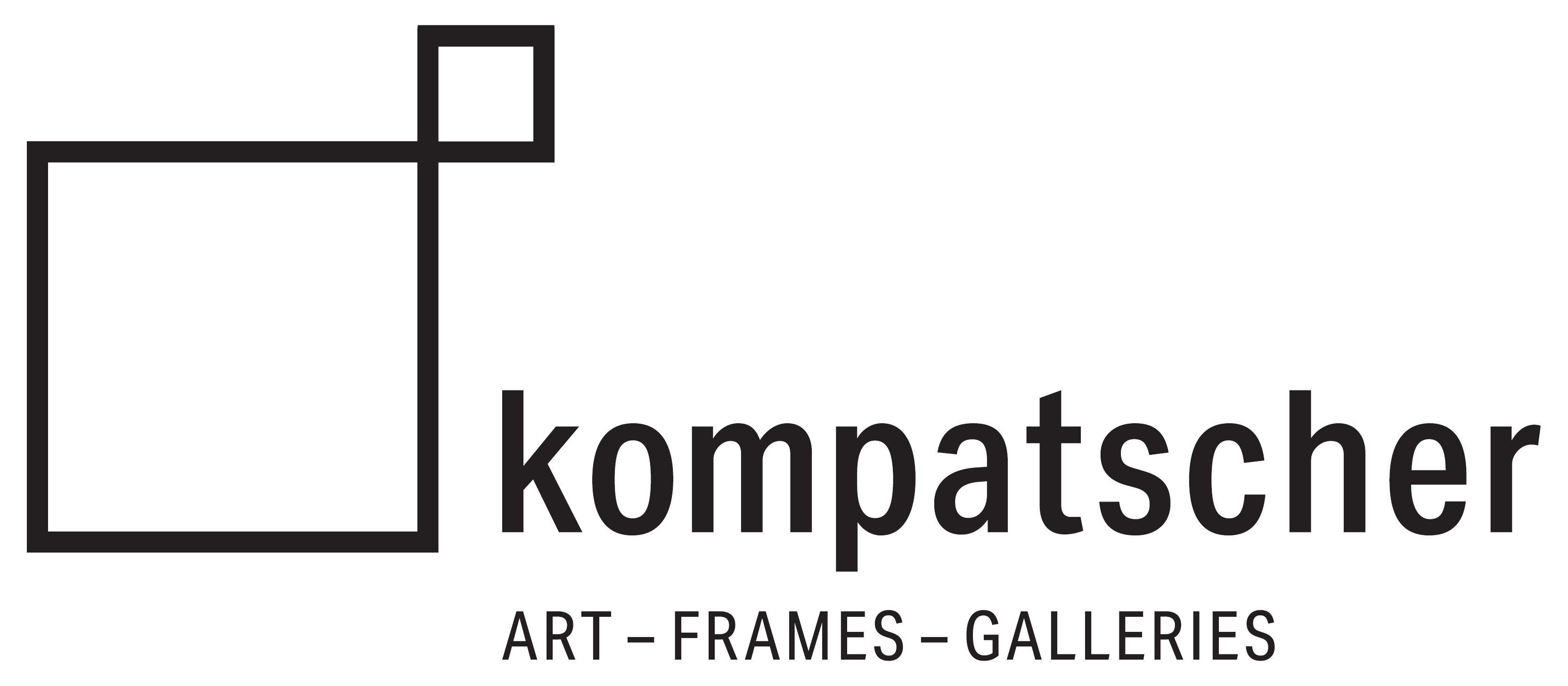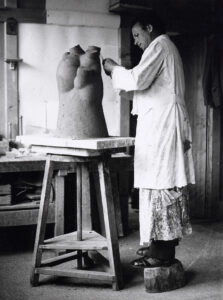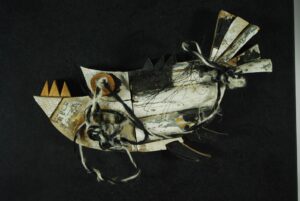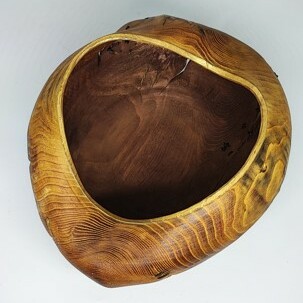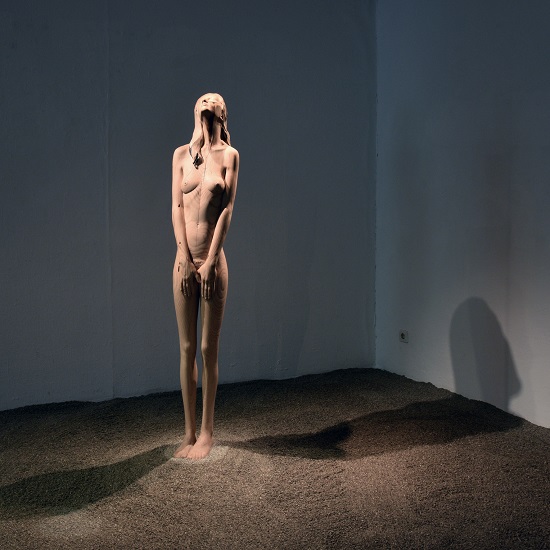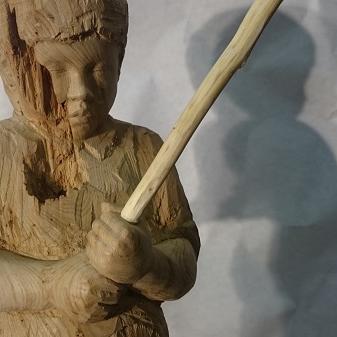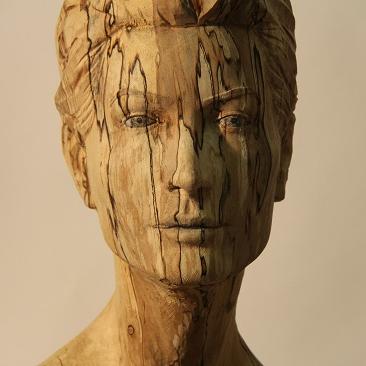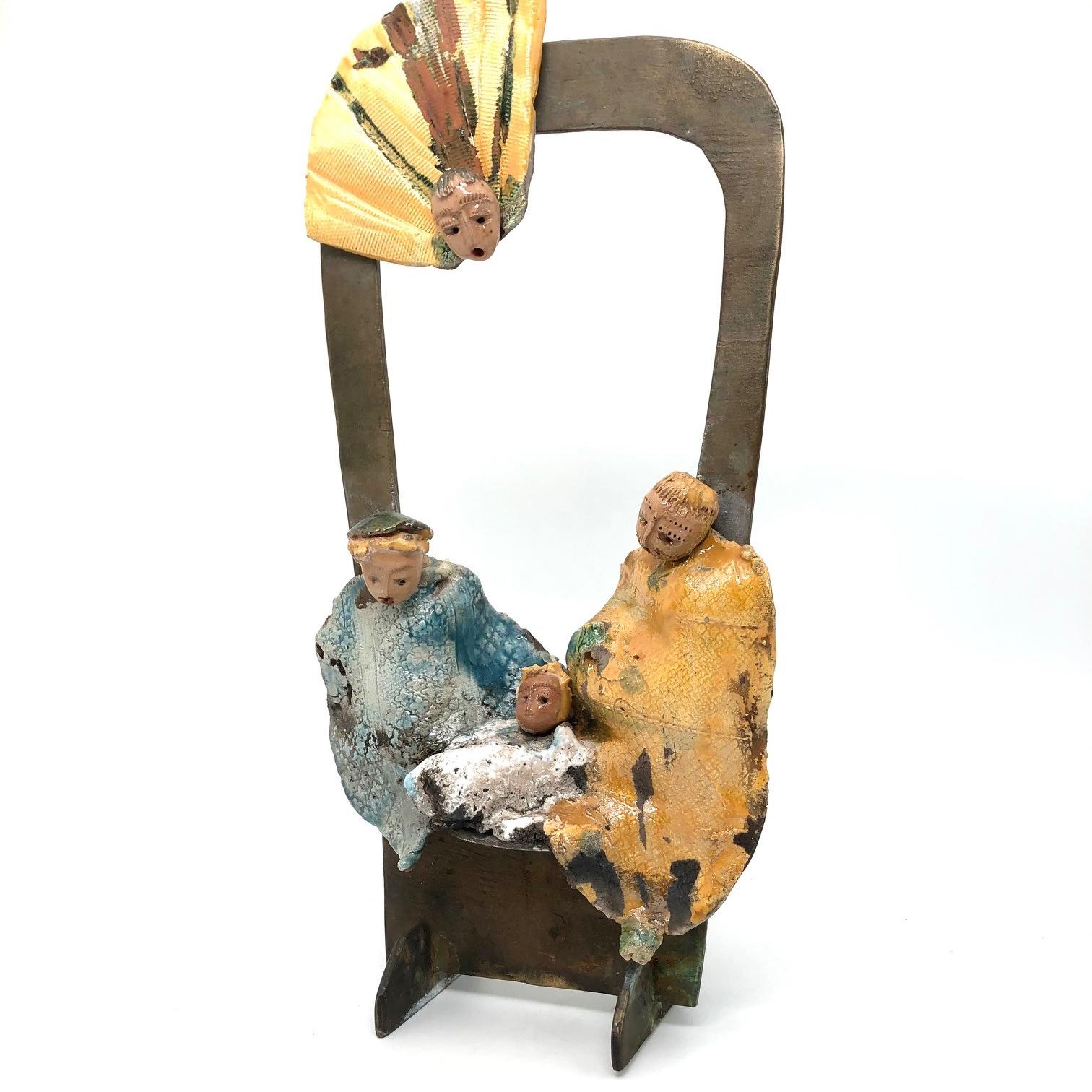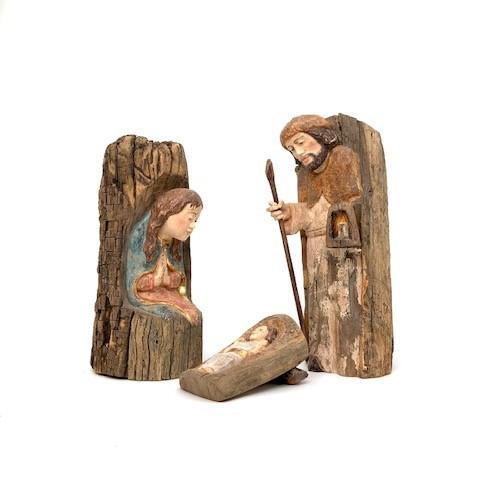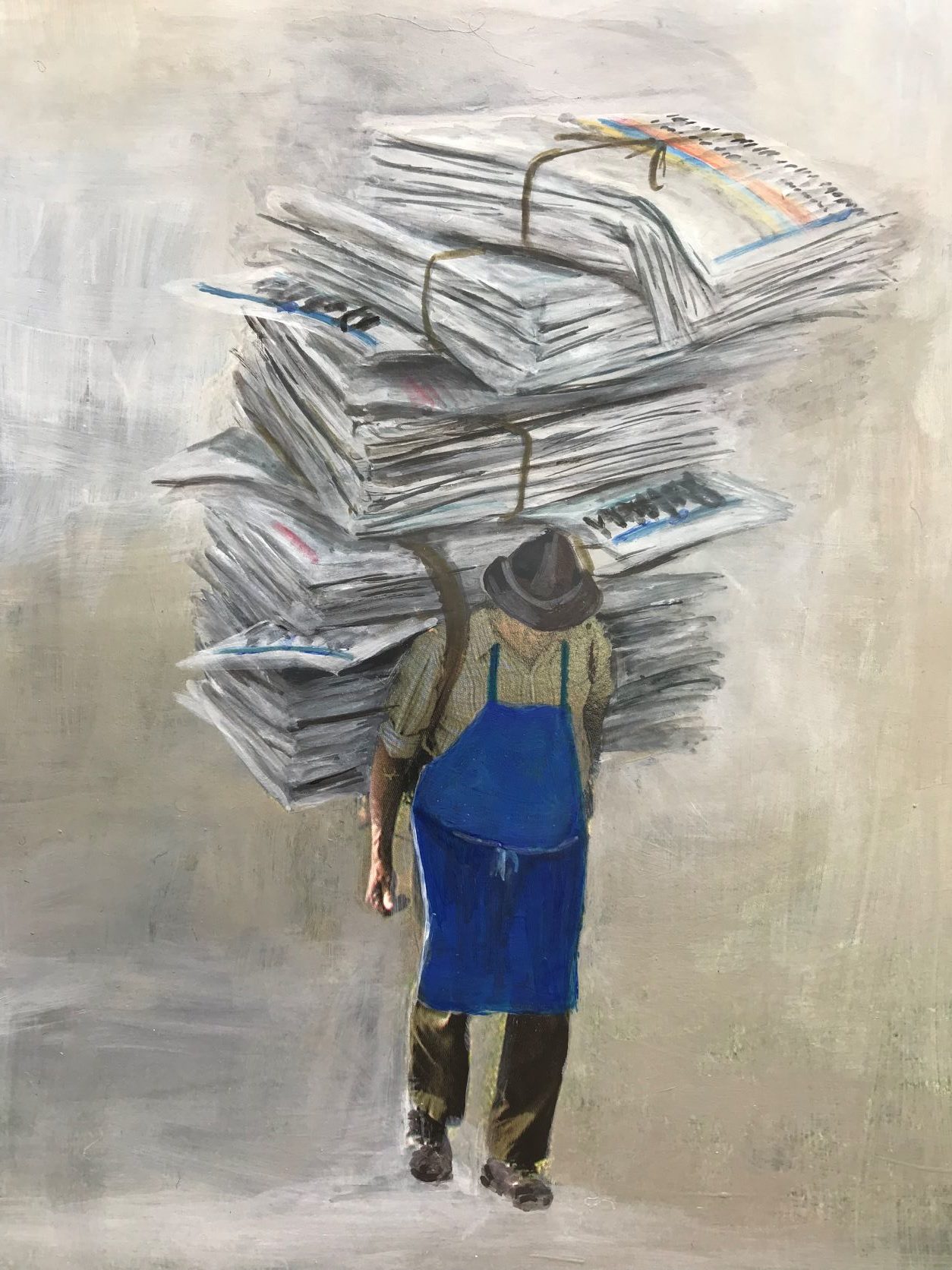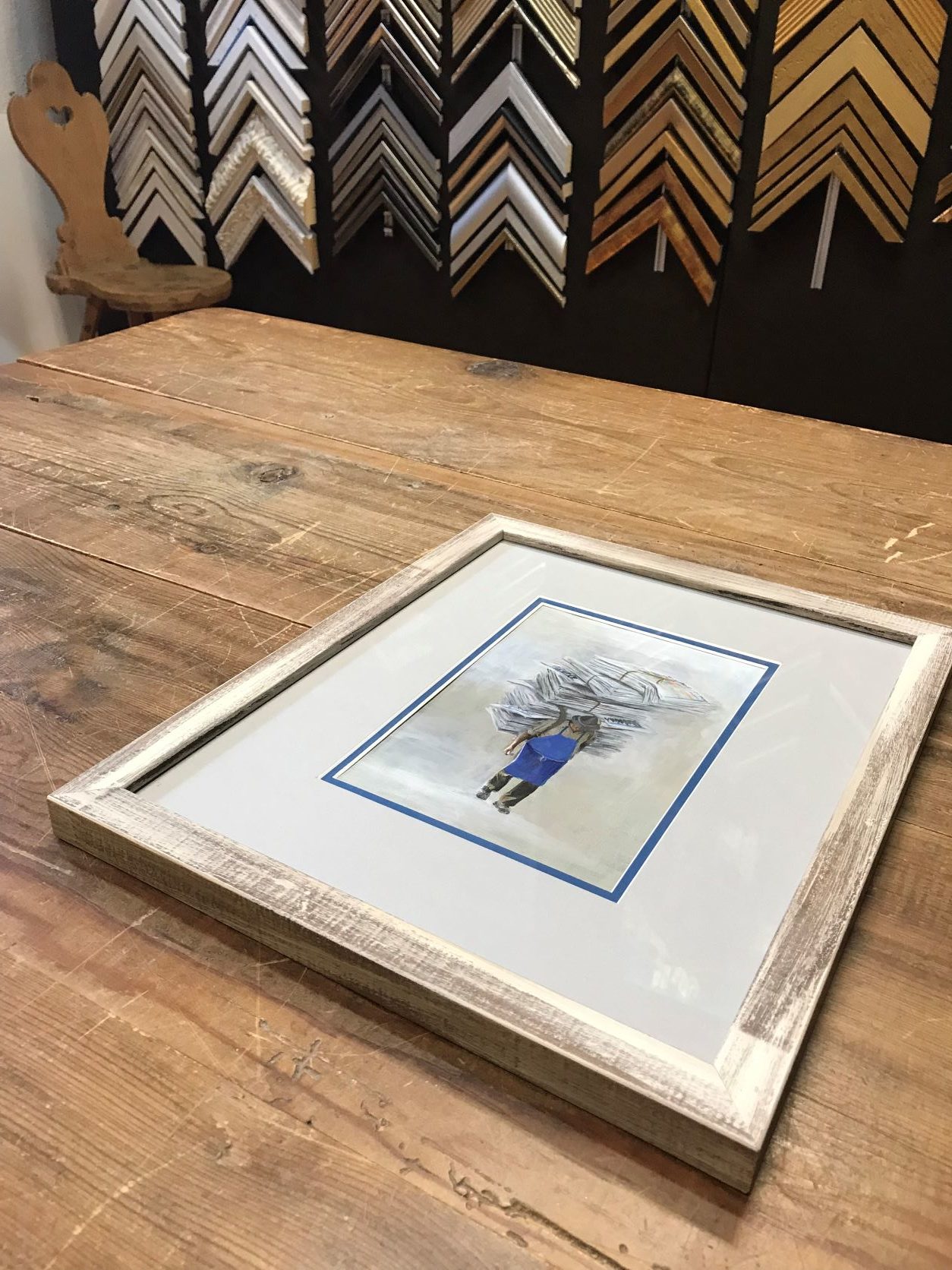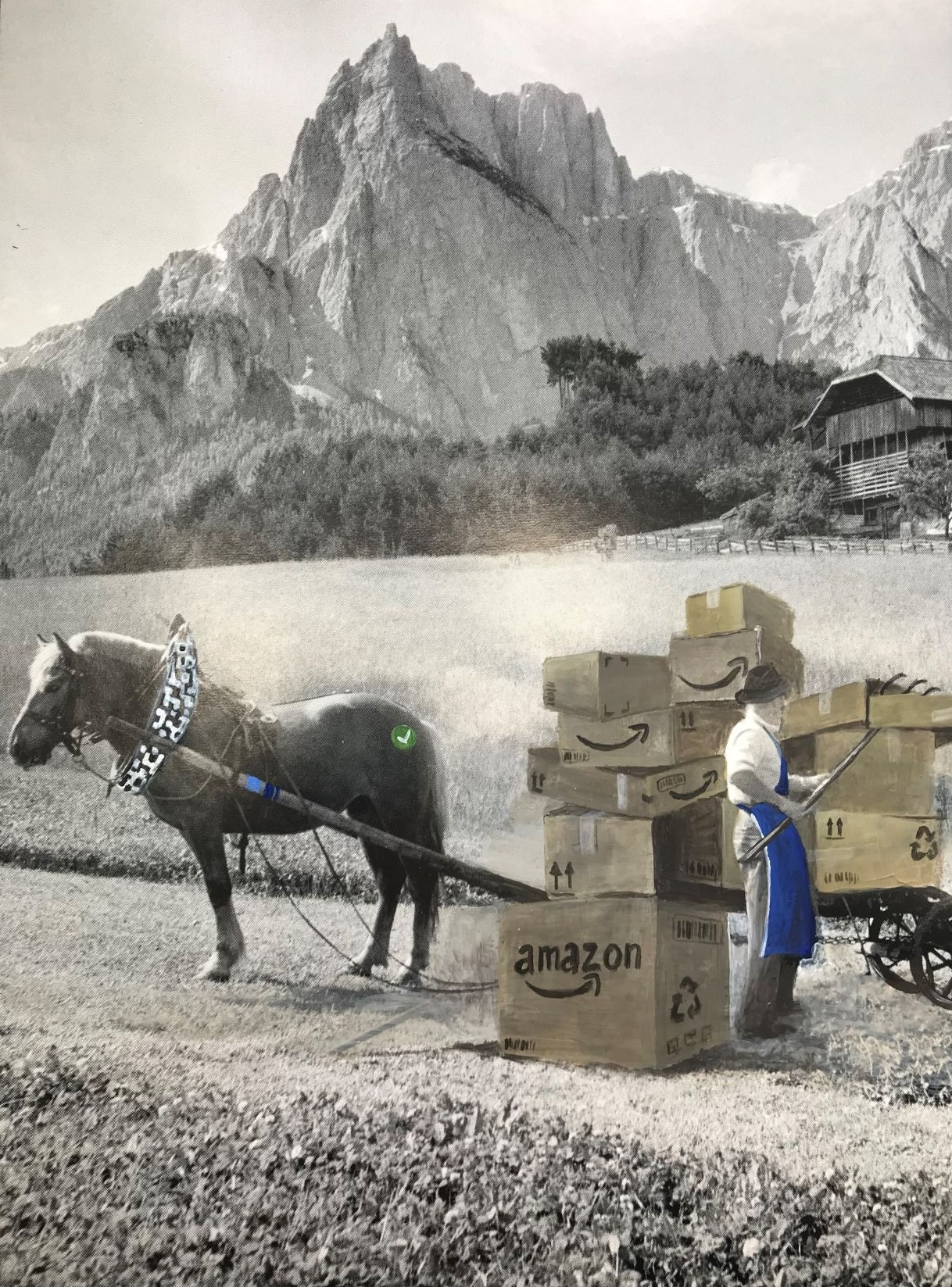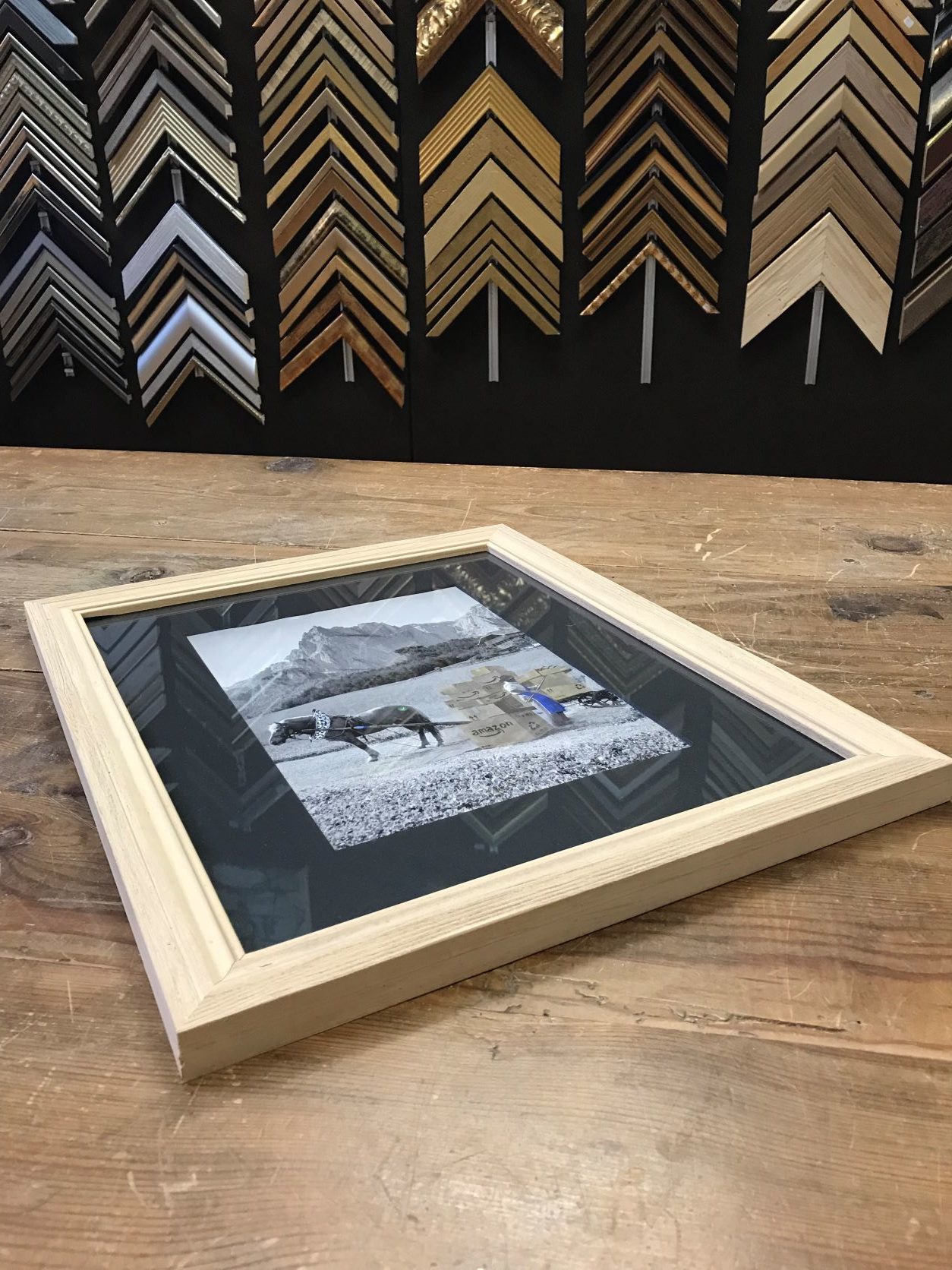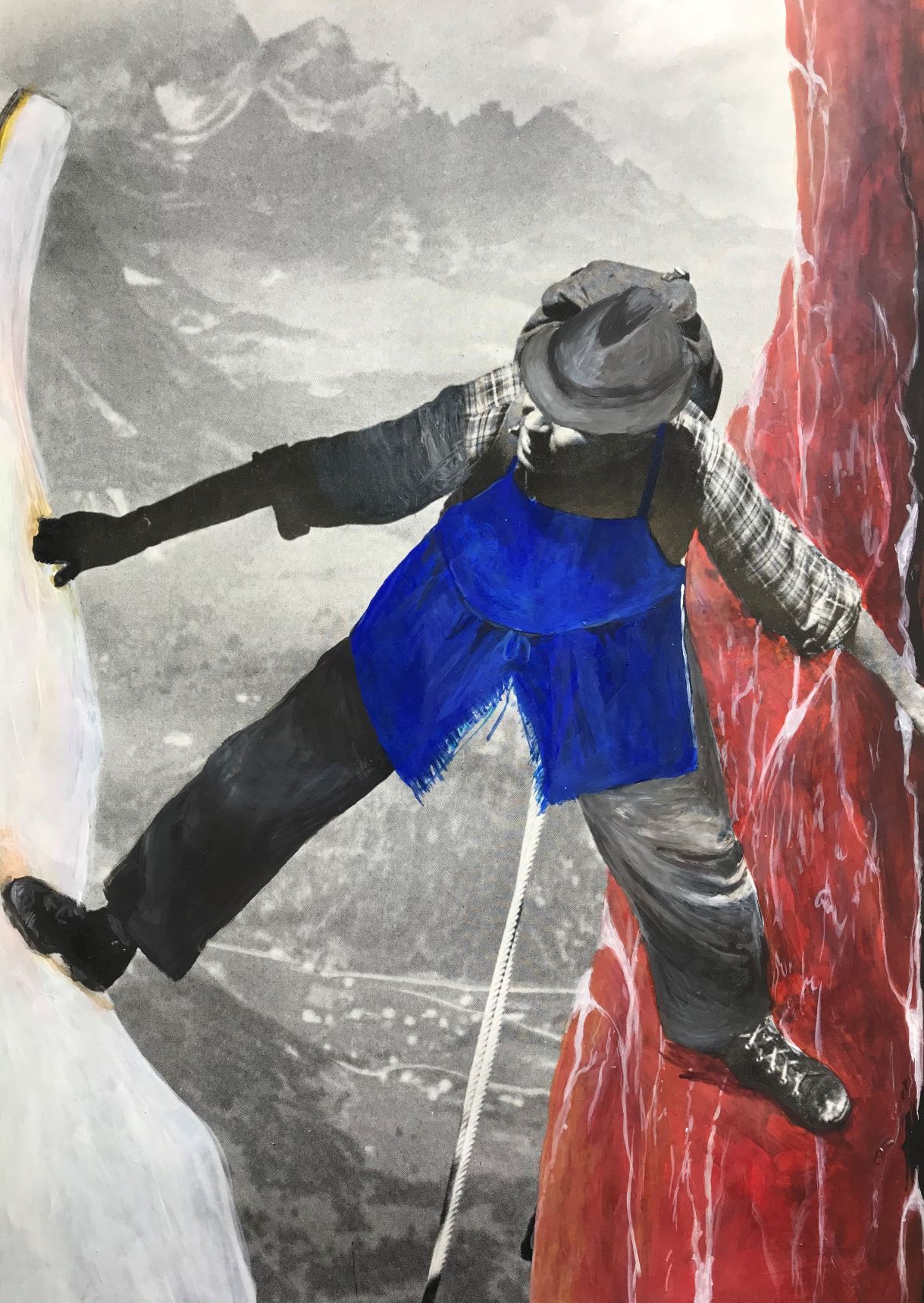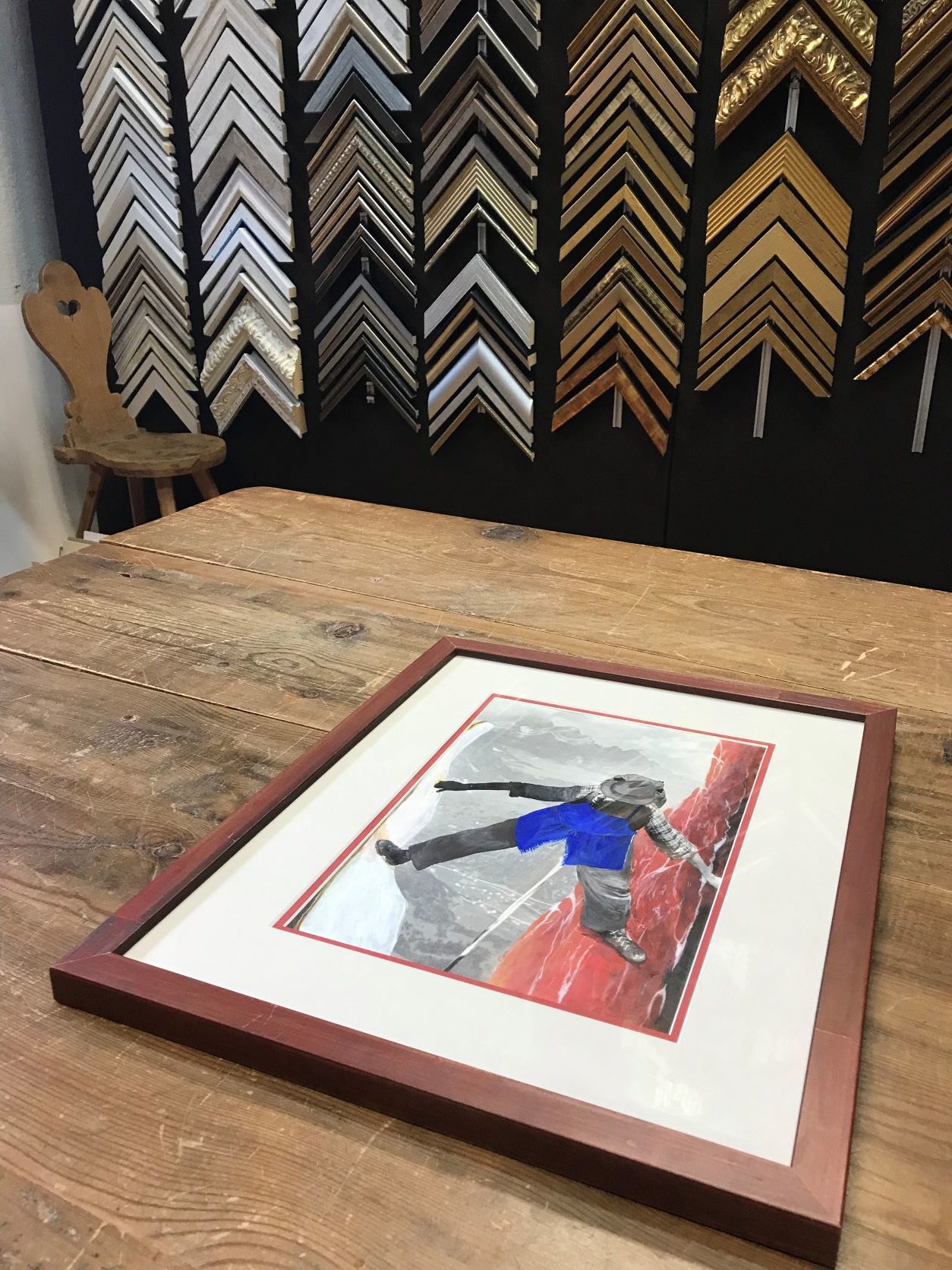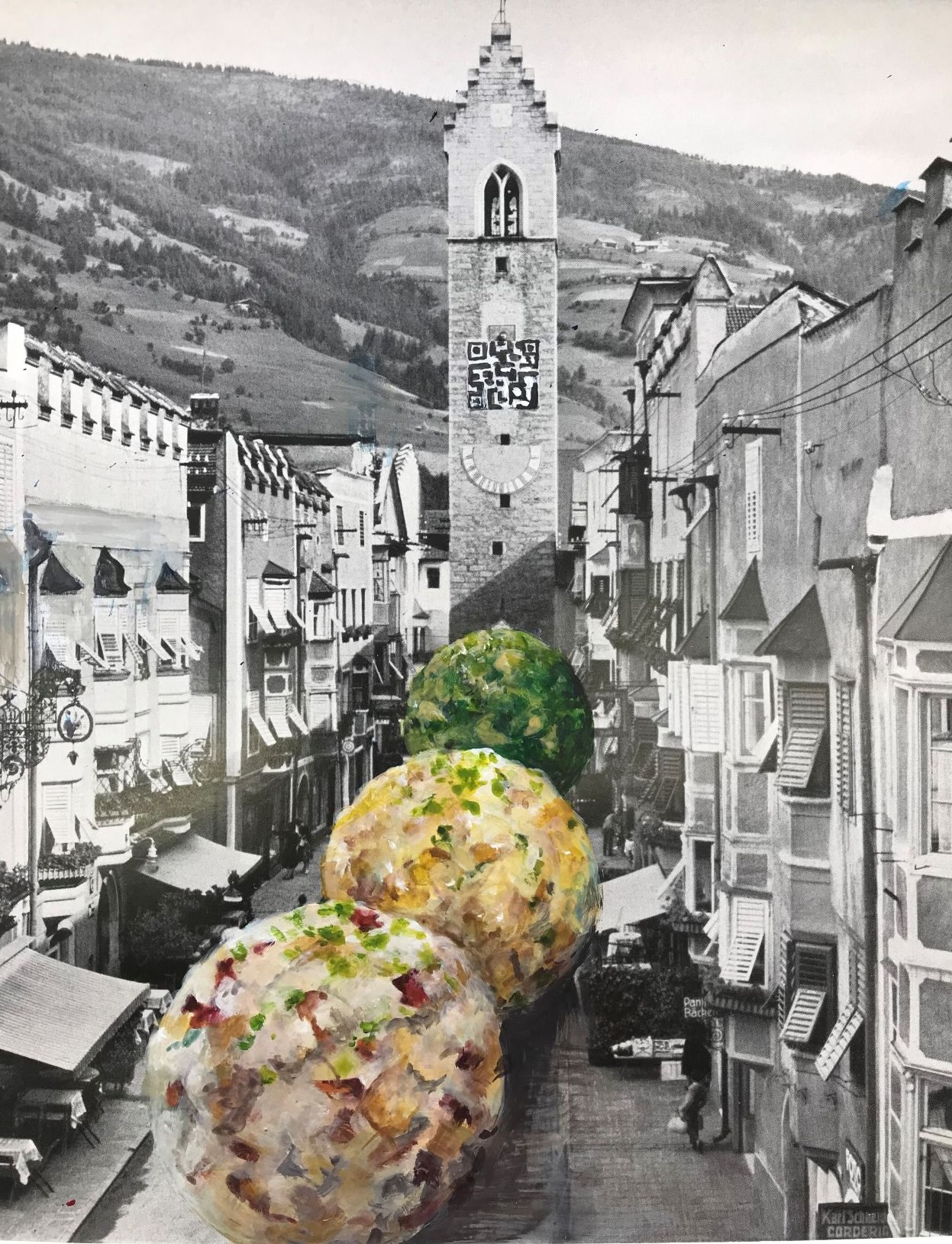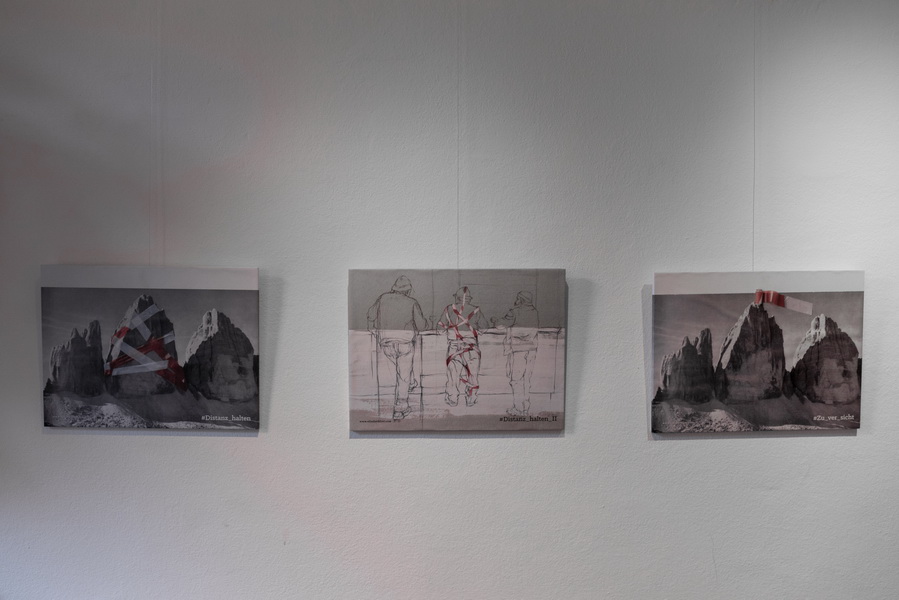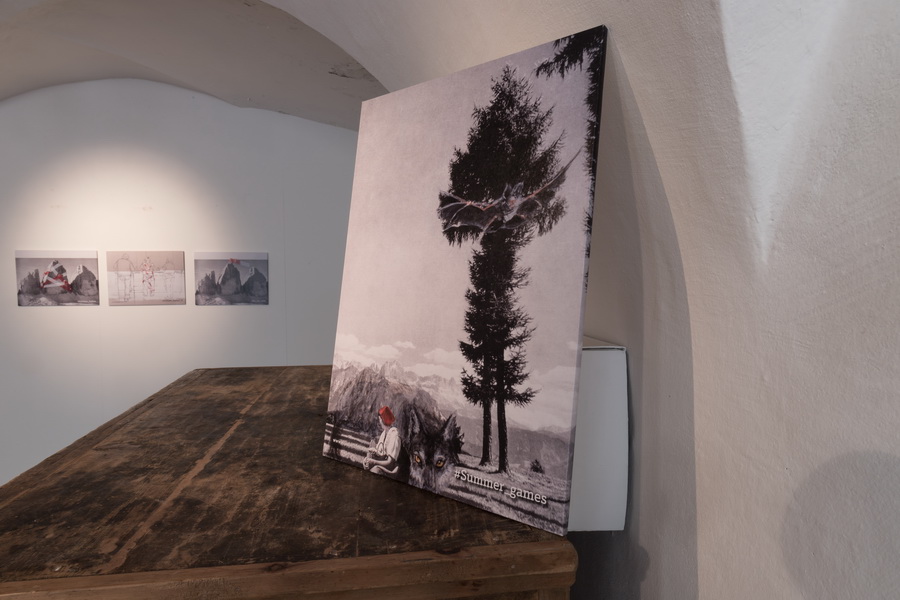Oberbacher Simon
Oberbacher Simon - Woodturner
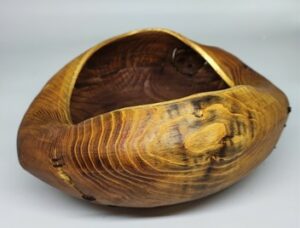
Branca Mario
Mario Branca
Mario Branca wurde 1977 in Mailand geboren. Er schloss 2001 sein Studium der Bildhauerei an der Akademie der Schönen Künste in Brera ab. Er lebt und arbeitet zwischen Piacenza und Mailand. Er hat sich schon immer für Metallbearbeitungstechniken begeistert und schafft seine Werke, indem er sie direkt schmiedet. Seine Produktion umfasst mehr als 10 monumentale Skulpturen für den öffentlichen Raum und Werke mittleren und kleinen Formats, bei denen die Leichtigkeit der Linie und die Farben des Werks die wahren Protagonisten sind.
Seine Forschung ist in der Welt der Kindheit verwurzelt, die er mit den Augen von Schriftstellern wie Hemingway, Jules Verne, Eliot, Lewis Carrol und anderen literarischen Protagonisten liest und interpretiert.
Zahlreiche Preise und Erwähnungen, darunter der Wettbewerb Zurich club top 30, die besondere Erwähnung für Skulptur bei der letzten Ausgabe des Wannabee-Preises 2011 und der Auftrag für die monumentale Skulptur für die Fassade des Theaters in Pinzolo Madonna di Campiglio (Tn). Mehrjähriger Auftrag über 35 Werke für die Zurich Assicurazioni Milan Division.
Gewann 2018 die Ausschreibung für die Realisierung eines Werks für das Langlaufstadion in Tesero (Tn).
Zahlreiche Kritiken wurden über seine Arbeit geschrieben, insbesondere von Luisa Somaini, Maria Livia Brunelli, Emanuele Beluffi, Chiara Canali, Vladek Cwalinski, Alessandra Redaelli.
Frei Elisabeth
Frei Elisabeth
Elisabeth Frei is an artist who fully lives up to her name. She gives her searching viewers roses and bread for the hearts and starving art souls; In addition, she frees herself and the admirer from the usual opinions nurtured by the mass media.
Immerse yourself in the unique pieces presented here as well as on Elisabeth’s website and free your own thought patterns into new dimensions…
Biography
1969 born in Sterzing (South Tyrol/Italy)
1985-1990 attended art school in Ortisei Val Gardena
1991-1996 art teacher at South Tyrolean schools
Own studio in Lajen/South Tyrol since 1996
Exhibitions and nominations
2023 Crude facts Art Gallery Kompatscher, Brixen
2021 50x50x50 – Fortezza 2021
2021 Lock_down, Chiusa
2020 In times of[f]… Art Gallery Kompatscher, Brixen (travelling exhibition)
2019 Solo exhibition Ecce musca – Room 3000 – Bruneck
2018 Wesseling Art Prize, nomination, Cologne
2018 cultural mile, Gufidaun
2017 Leopold Museum, Vienna
2016 Years won, Women’s Museum Meran
and some more
